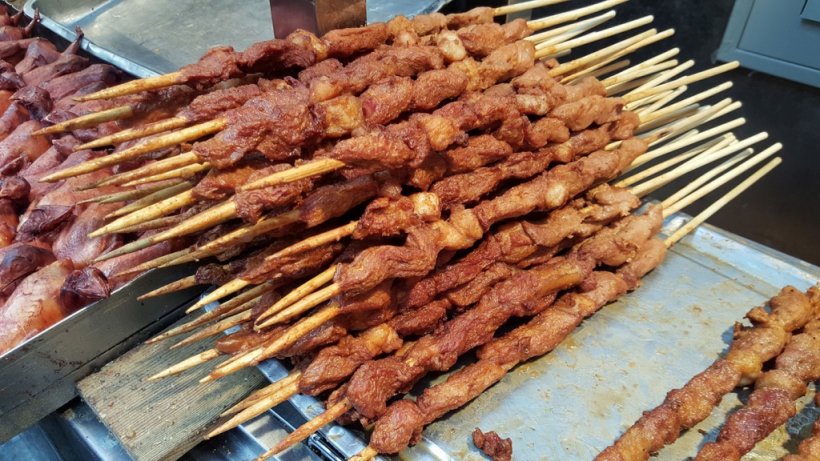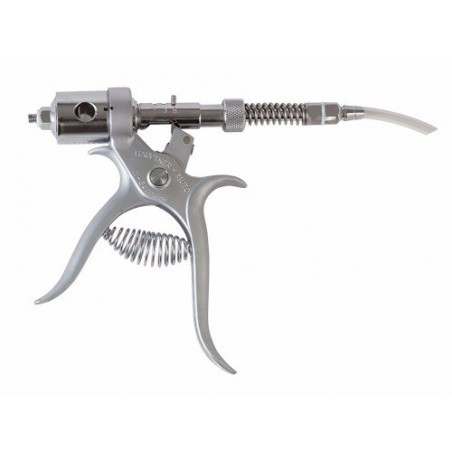By now, you have probably jumped onto the China exuberance bandwagon. China is the world’s largest consumer and producer of pork, so when they stumble, opportunity comes knocking. Some of that knocking sound you hear may just be jaws flapping. Before you call in the earthmovers and order concrete delivered to your site to expand production, consider the following.
Most people would be shocked at how little additional pork in a major pork producing and exporting country’s supply chain is available to be diverted to exports even if the price incentives are great. In the US, about 25% of total production weight enters the export market and it is not balanced like the carcass. That is, more of certain primal cuts are shipped than others. If you begin sending out whole carcasses to China (which is what is now being requested by Chinese buyers), you further unbalance supply for the domestic supermarket chains, the military contracts and the restaurant/food service obligations.

Do you seriously believe the supermarkets of the EU, USA and Canada, for instance are going to be substantially shorted pork, or have no hams or shoulders etc. because processors have sent them all to China? After all, the presumed kill-off from African Swine Fever in China is now regularly reported to be more than all the hogs on the ground in the US and EU combined plus some more.
If you take pre-ASF consumption of pork in China and subtract the African Swine Fever kill to calculate the new import demand by China prepare to be disappointed. Black market pig meat (sold from African Swine Fever infected hogs) has a real dampening effect on consumption demand regardless of the harmlessness of the African Swine Fever virus to humans. The Chinese are well practiced at switching protein sources fast such as when past outbreaks of avian flu dramatically shift consumption from poultry to pork. Consumers protect health first. Zoonosis is merely academic theory to them.
The seasonal patterns of increased pork consumption for the Chinese are fall, winter and especially the approach of the New Year in February. All that extra seasonal demand pull is over now for several months. In addition, the Chinese economy has slowed meaning less income, job losses, factories closed, exports down and upside-down credit on home/apartments all of which dampen demand even for necessities like food. Cheaper alternatives to animal protein and substitutes are embraced.
China has a strategic supply of live and frozen pork to mitigate against just these kinds of shortages which lead to unpopular, high prices in pork. The strategic reserves for cold storage of pork have been increasing every year since 2008, begun in response to the devastating PRRS outbreak the previous year. It may not be enough but will buffer supply allowing the Chinese to purchase pork needed more strategically.
There isn’t enough space to give even a whistle stop tour through the last 3,000 years of Chinese history but in a sentence or two, they do not present themselves as vulnerable to competitors. This is due to a long history of invasion, oppression and domination by other nations which has left an indelible desire to never be dominated or taken advantage of again. China has been urging a lower consumption of meat to blunt the capacity of rival nations to use food as a weapon should just this sort of thing (disruption of domestic production) happen. Don’t expect them to come to the table with hand out and buy at any price.
It seems likely that China will follow the Russian strategy, which will dramatically reduce family farms, now viewed as the reservoir for African Swine Fever and source of future calamities. Would you predict that the consumption of pork by small family farms (still 50% or more of all production and around 40% of all Chinese demand) will be fully transferred to supermarket meat cases or even wet market pork (if those markets survive)?

China’s urbanization rate is still around 58%, (World Bank, 2017) and well below the rate associated with developed countries. The size and scale of the African Swine Fever problem in China along with the after effects, especially of how it is finally solved and prevented in the future, could lead to nothing short of a permanent shift in the consumption patterns of protein by the Chinese people and the clear winners will be poultry and beef.
Lastly, look outside. It’s spring. On the demand side, bellies going into cold storage in the US, stockpiling of hams for Easter processing and now, rising BBQ demand for ribs in April have already kicked off the seasonal upswing, which gets augmented substantially on the supply side a bit later when fewer animals at lighter weights come to market.
While you are teasing the normal seasonal increase out of the recent price rise, tease this: In the US, the last of the major pork processing plants opened in the first few days of March. The pigs which were produced for that plant capacity (up to 10,000 head first then 12,000 per day eventually) were more than ready and burdening the market. A month later, the plant is still ramping up to full capacity but by mid-summer, the full impact of the extra capacity will help nudge up the summer seasonal.
Here is what we know for certain today: The Chinese are going to eat a lot less pork.






